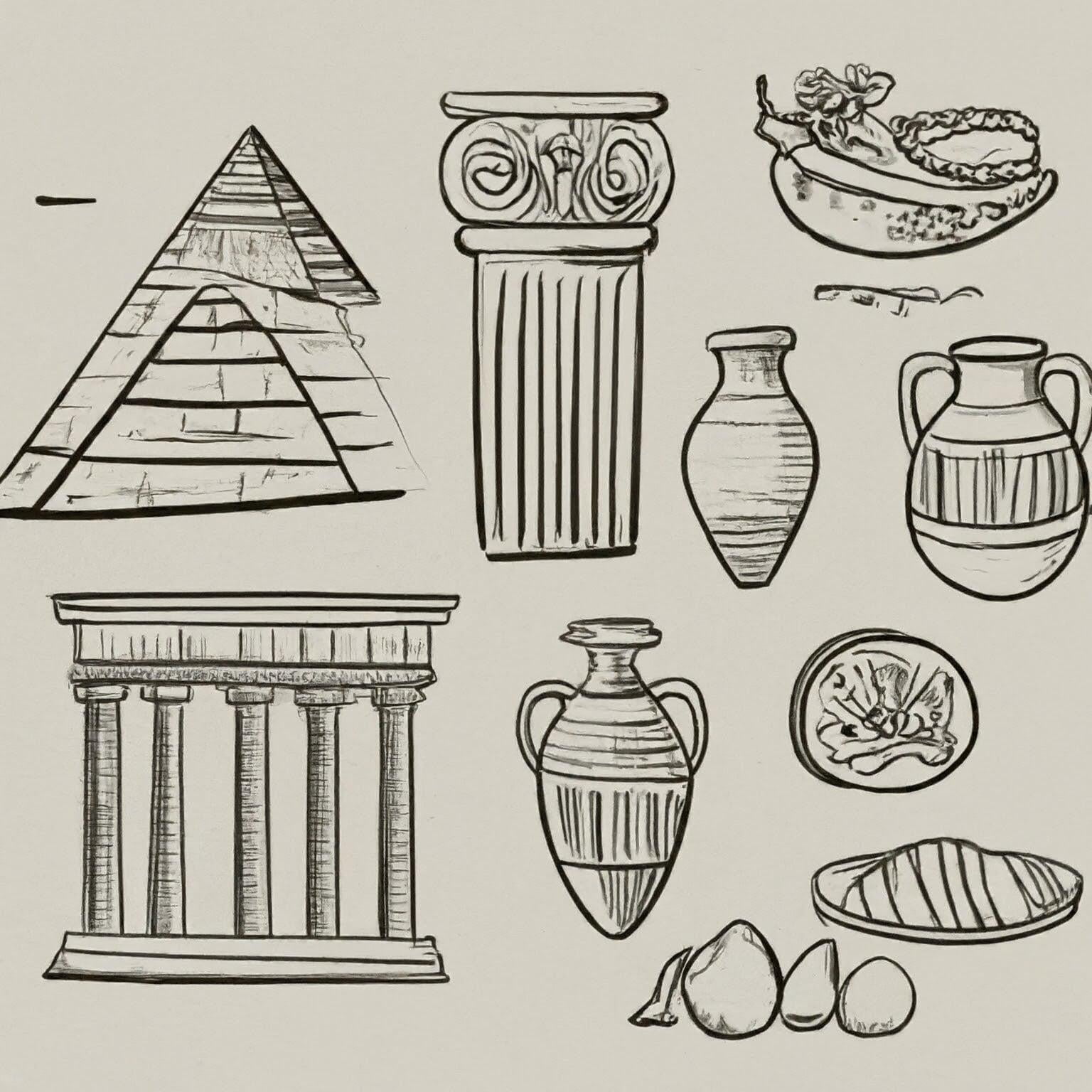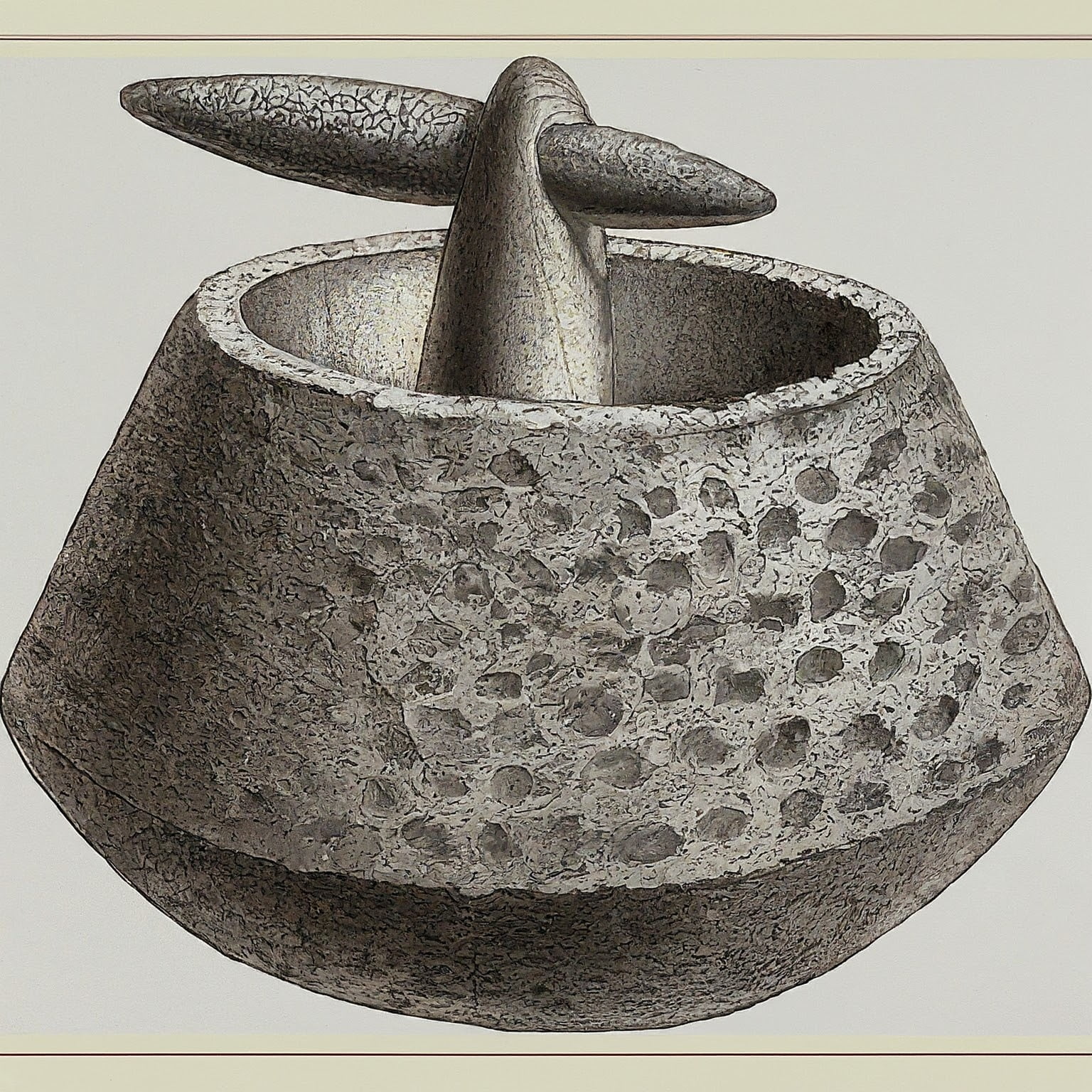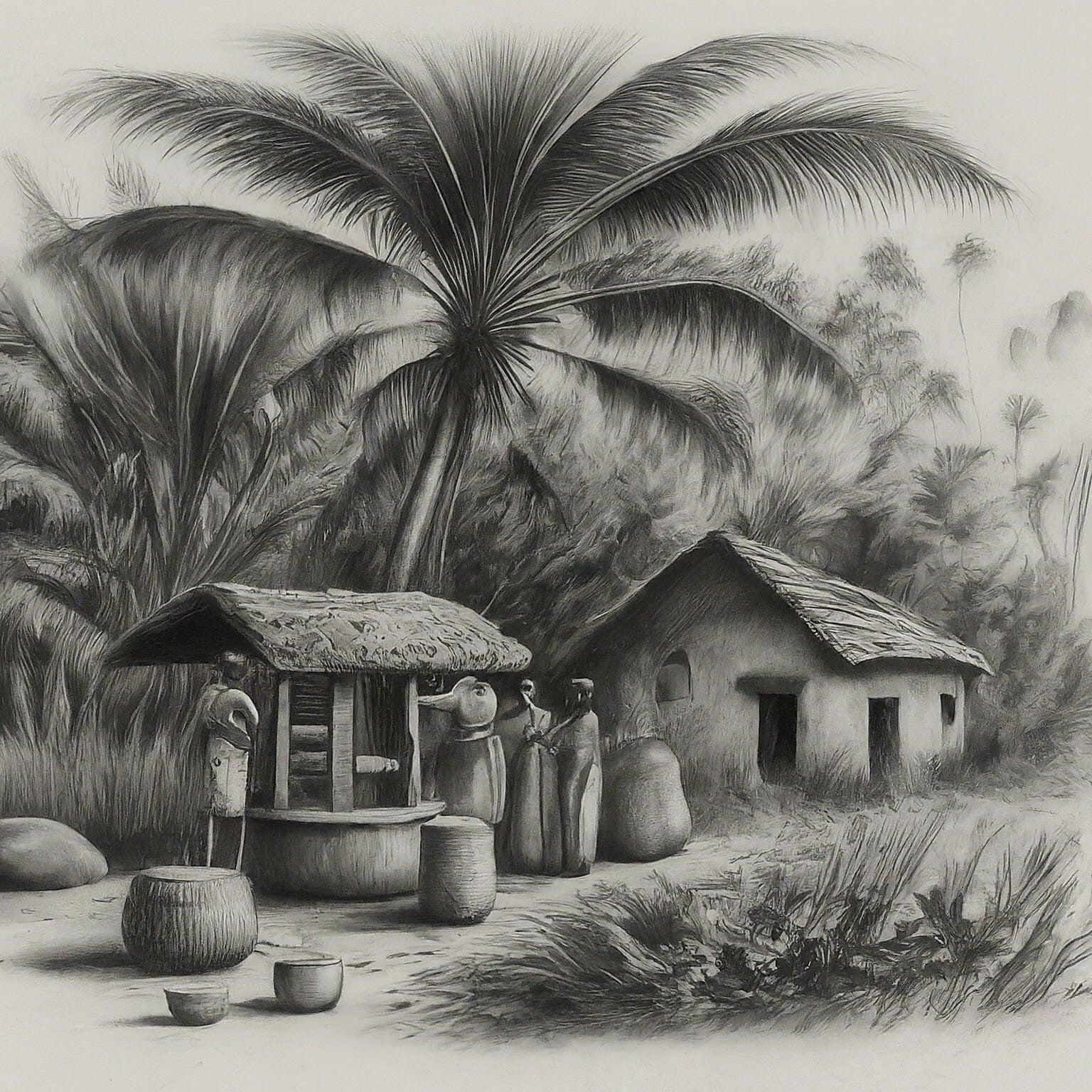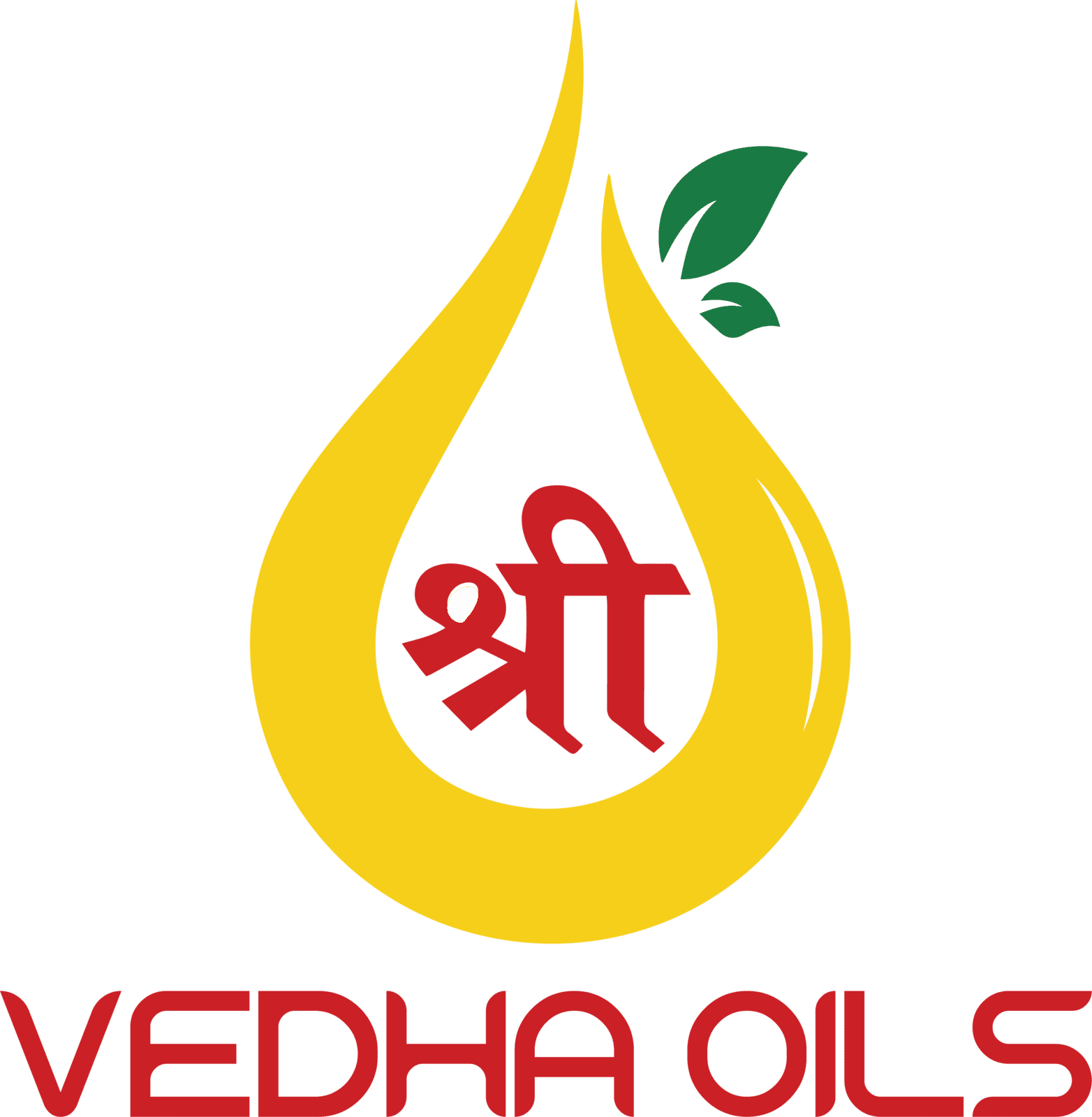History Of Cold Pressed Oils

Indus Valley Civilization
The use of cold-pressed oils dates back over 5000 years to the Indus Valley Civilization. Archaeological excavations at the ruins of Harappa revealed charred sesame seeds and oil-pressing machines. These artifacts provide evidence of our ancestors’ early mastery in extracting oil through gentle, cold methods.

Traditional Extraction Techniques
In ancient times, a cylindrical instrument known as the “ghani” played a pivotal role. Made of stone or wood, the ghani was used to crush oilseeds. Even Sanskrit literature from around 500 BC makes reference to an oil press, although it wasn’t explicitly described. Mortar and pestle systems were also employed to extract juices from various materials, including oilseeds and sugarcanes.

Local and Wholesome
Our ancestors believed in sourcing ingredients locally. Cold-pressed oils were made from seeds like almonds, sesame, and mustard, as well as nuts like peanuts and coconuts. These oils required minimal processing and retained their natural goodness, making them ideal for Indian cooking.

